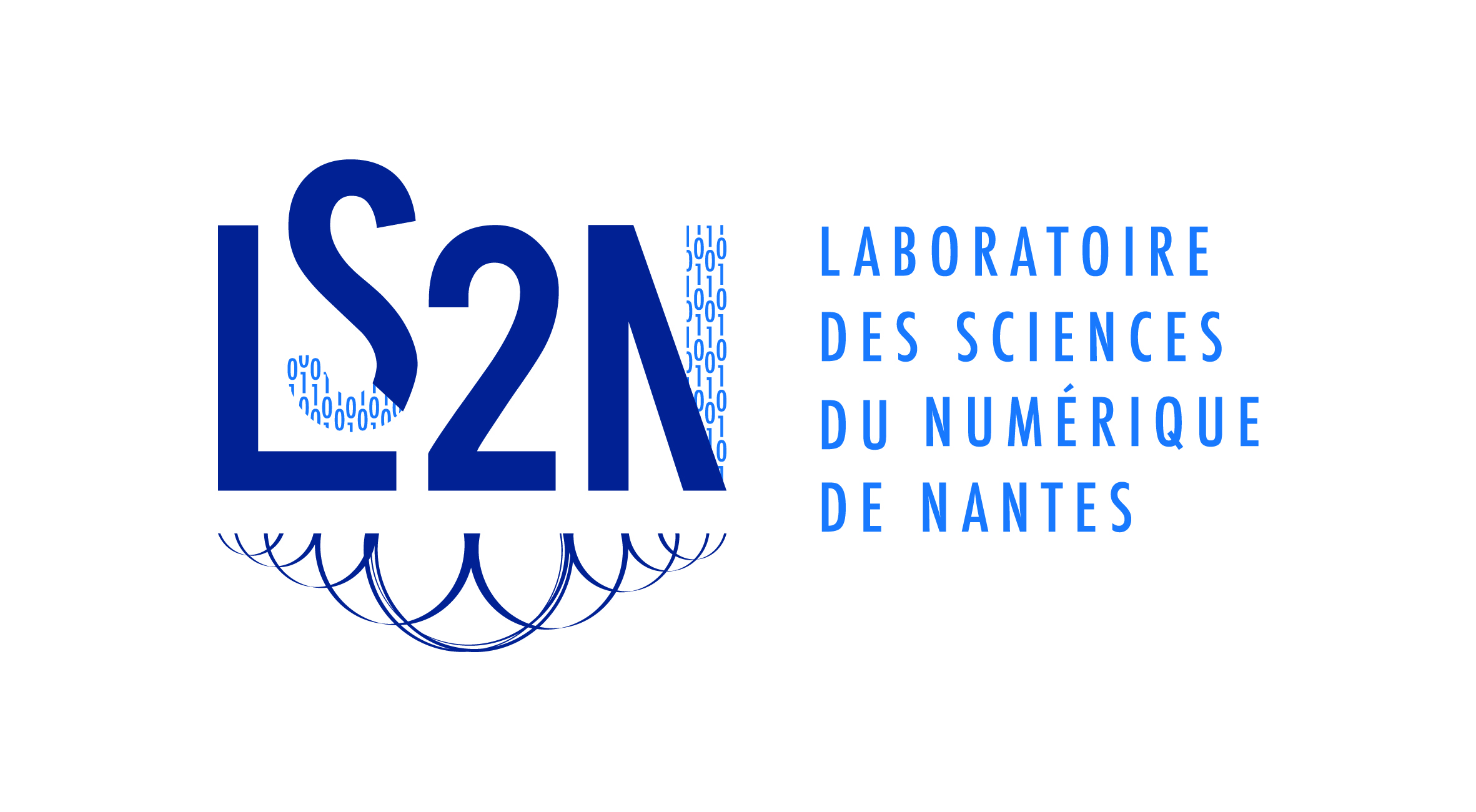WSN energy control by holonic dynamic reconfiguration: Application to the sustainability of communicating materials
Résumé
Various works propose solutions addressing the sustainability of IoT technologies to reduce their energy consumption, especially in the domain of wireless sensor networks. The diversity of applications, as well as the variability of their long-term constraints, forces them to dynamically adapt the network through time. Accordingly, this study formalizes the SADHoA-WSN framework to tackle the reconfiguration process. This proposal is a dynamic Holonic Control Architecture, linking the physical network evolution to the decisions made by a virtual multi-agent control system. The potential of such an approach is demonstrated by applying this framework to the energy optimization of communicating materials, i.e., materials equipped with inner wireless sensor nodes. The first implemented components of SADHoA-WSN and their related experimental results validate it as a promising energy-efficient dynamic methodology. This work lays the groundwork for optimized energy control in IoT networks.
| Origine | Publication financée par une institution |
|---|---|
| licence |



